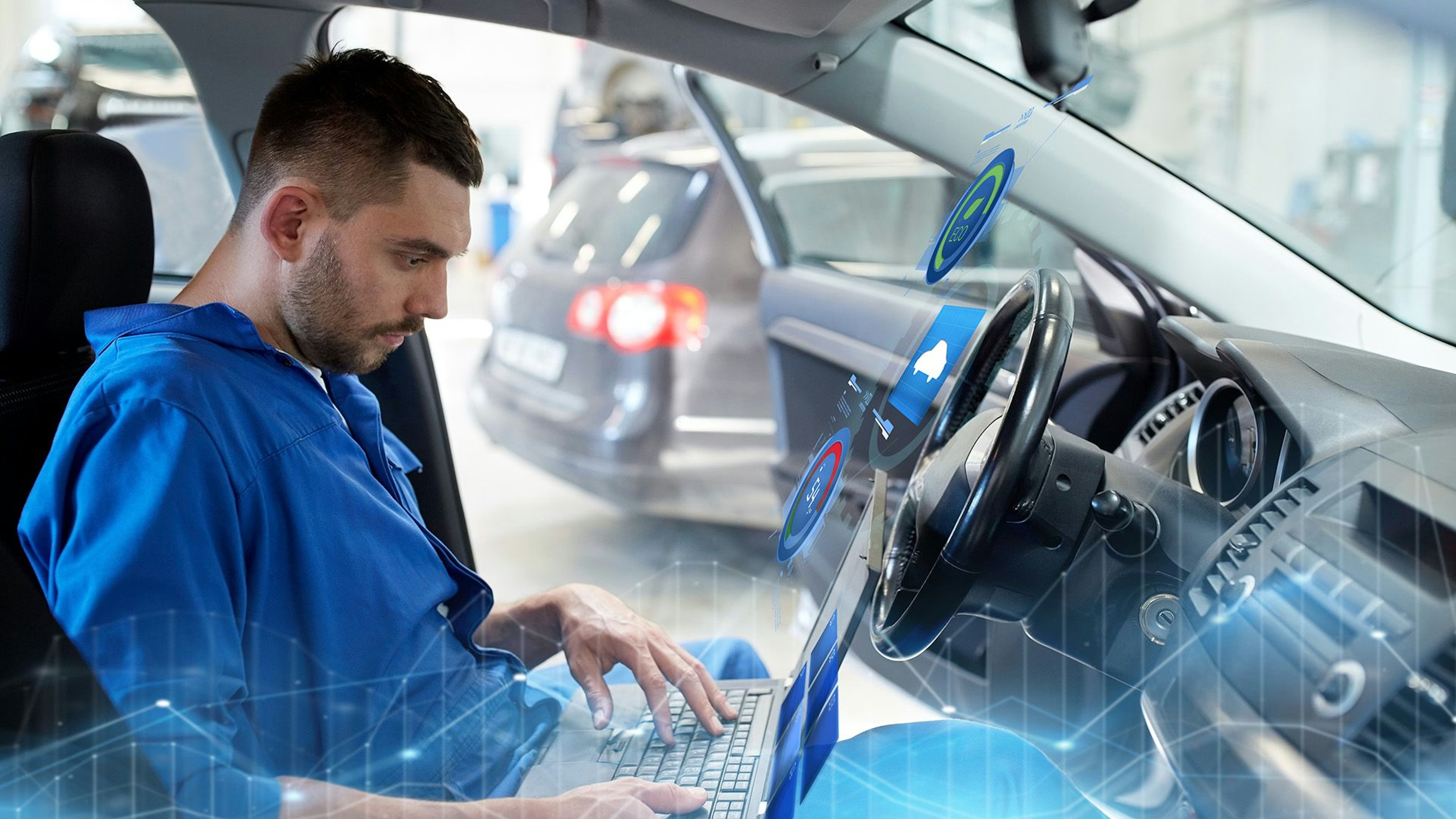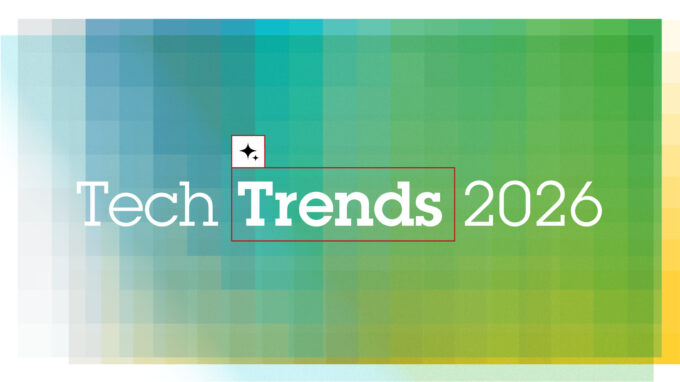Trends in the physical security market
Five trends will shape the physical security market this year. But what is behind buzzwords such as artificial intelligence, facial recognition and more?

Five key trends were evaluated for the 2020 security market. The technology provider Genetec she comments:
Artificial intelligence: What is fact, what is fiction?
Although artificial intelligence (AI) has become a commonplace term, the technology is still far from everyday use. Despite great progress, computers are not yet able to think or act like humans. However, they can already analyze enormous amounts of data today, enabling deeper insights so that users can subsequently make informed decisions faster and more efficiently.
Genetec expects to see tremendous advances in machine learning for the security sector in 2020. With the help of trend forecasts for crime, cities and law enforcement agencies will be able to deploy their resources more efficiently in the future. Automatic license plate recognition solutions will also benefit. License plate numbers or even the respective country can be recognized much better and false readings can be rejected by the system.
Face recognition and privacy
The use of facial recognition and similar analytics for individual identification and motion capture continues to divide society. While some see such systems as a powerful way to efficiently increase security, others consider them encroaching. In 2020, it will be important for developers to work together with regulators as they continue to improve solutions and try to reduce potential biases.
Systems developed using the privacy-by-design approach can further alleviate concerns and increase data protection.
Physical identity management
Companies of all sizes use access control systems to protect their sites and facilities. If a substantial budget is not available for an expensive, customized system, many companies must rely on opaque solutions with barely traceable processes that require numerous human interactions to grant or revoke access rights. Tracking each individual's access with these systems takes both time and energy from security personnel, employees and visitors.
In 2020, out-of-the-box solutions will increasingly be available, so that SMEs can also switch to cloud-based identity management solutions that are easy to implement. These physical identity and access management (PIAM) solutions are less expensive and allow efficient management of access rights based on individual identity and corporate security policies. This makes it possible to ensure that only those people who are authorized to do so are granted access to a security area. At the same time, processes can be managed and automated more easily.
Improved data protection through blockchain
Blockchain is often associated with cryptocurrencies such as Bitcoin, but the technology is increasingly being used in other areas as well. Essentially, blockchain is a non-destructive method of tracking data changes over a period of time. In security, blockchain technology is used to prevent tampering with evidence such as video and access data or identity management systems. Blockchain documents every interaction with a digital file, and can thus reveal manipulations and provide information on when and where a file was manipulated. Blockchain technology is thus an extremely powerful tool for ruling out tampering with security data or providing unbroken, legally secure chains of evidence.
Some global companies and corporations are already using the technology to underpin their security systems. As blockchain technology becomes more prevalent, more and more companies will protect the integrity of their operational and security data with such solutions.
Cybersecurity remains in focus
Cybersecurity will remain a key issue for the physical security market in 2020. Companies that collect more data need to protect more data. Already, governing bodies and responsible manufacturers are working with academics, technology experts, civil libertarians and industry leaders to regulate the use of potentially invasive technologies, including the processes required to protect against data breaches. These partnerships will continue to expand in 2020. At the same time, security system manufacturers will also need to invest heavily in cybersecurity to integrate protective measures into their products in a standardized way.
The challenge will be to maximize security while protecting the privacy and rights of the individual.
Source: Genetec









